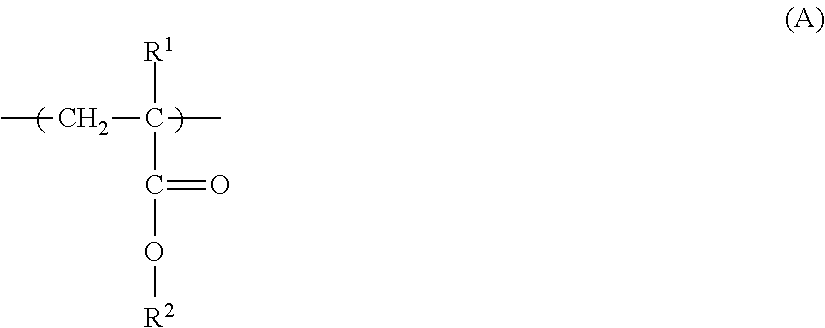Toner and method for producing toner
a technology of toner and production method, which is applied in the field of toner, can solve the problems of reducing the heat-resistant storage stability of toner, and it is difficult to achieve both the heat-resistant storage stability and low-temperature fixability of toner by this method, and achieves the effect of high low-temperature fixability and less likely to soil a fixing devi
- Summary
- Abstract
- Description
- Claims
- Application Information
AI Technical Summary
Benefits of technology
Problems solved by technology
Method used
Image
Examples
example 1
[0224]The toner 1 was evaluated in the following manner. The evaluation results are shown in Table 4.
Evaluation of Low-Temperature Fixability of Toner
[0225]The evaluation of low-temperature fixability was conducted using, as an image forming apparatus, a modified machine of a color laser printer (HP Color LaserJet 3525dn manufactured by HP Inc.) and a white sheet (Office Planner manufactured by CANON KABUSHIKI KAISHA; 64 g / m2) as an evaluation sheet. The image forming apparatus had been modified in that a fixing temperature and a process speed were made to be changeable and that a fixing unit was made to be detachable.
[0226]First, the fixing unit was detached from the image forming apparatus, and toner was removed from a black cartridge. The toner 1 in an amount of 100 g was loaded into the cartridge.
[0227]Subsequently, using the toner 1 loaded, an unfixed toner image (toner coverage: 0.9 mg / cm2) 2.0 cm long and 15.0 cm wide was formed on an evaluation sheet at an area 1.0 cm away f...
examples 2 to 12
[0234]The toners 2 to 12 were evaluated in the same manner as in Example 1. The evaluation results are shown in Table 4.
PUM
| Property | Measurement | Unit |
|---|---|---|
| temperature | aaaaa | aaaaa |
| peak temperature Tm | aaaaa | aaaaa |
| low-temperature fixability | aaaaa | aaaaa |
Abstract
Description
Claims
Application Information
 Login to View More
Login to View More - R&D
- Intellectual Property
- Life Sciences
- Materials
- Tech Scout
- Unparalleled Data Quality
- Higher Quality Content
- 60% Fewer Hallucinations
Browse by: Latest US Patents, China's latest patents, Technical Efficacy Thesaurus, Application Domain, Technology Topic, Popular Technical Reports.
© 2025 PatSnap. All rights reserved.Legal|Privacy policy|Modern Slavery Act Transparency Statement|Sitemap|About US| Contact US: help@patsnap.com



